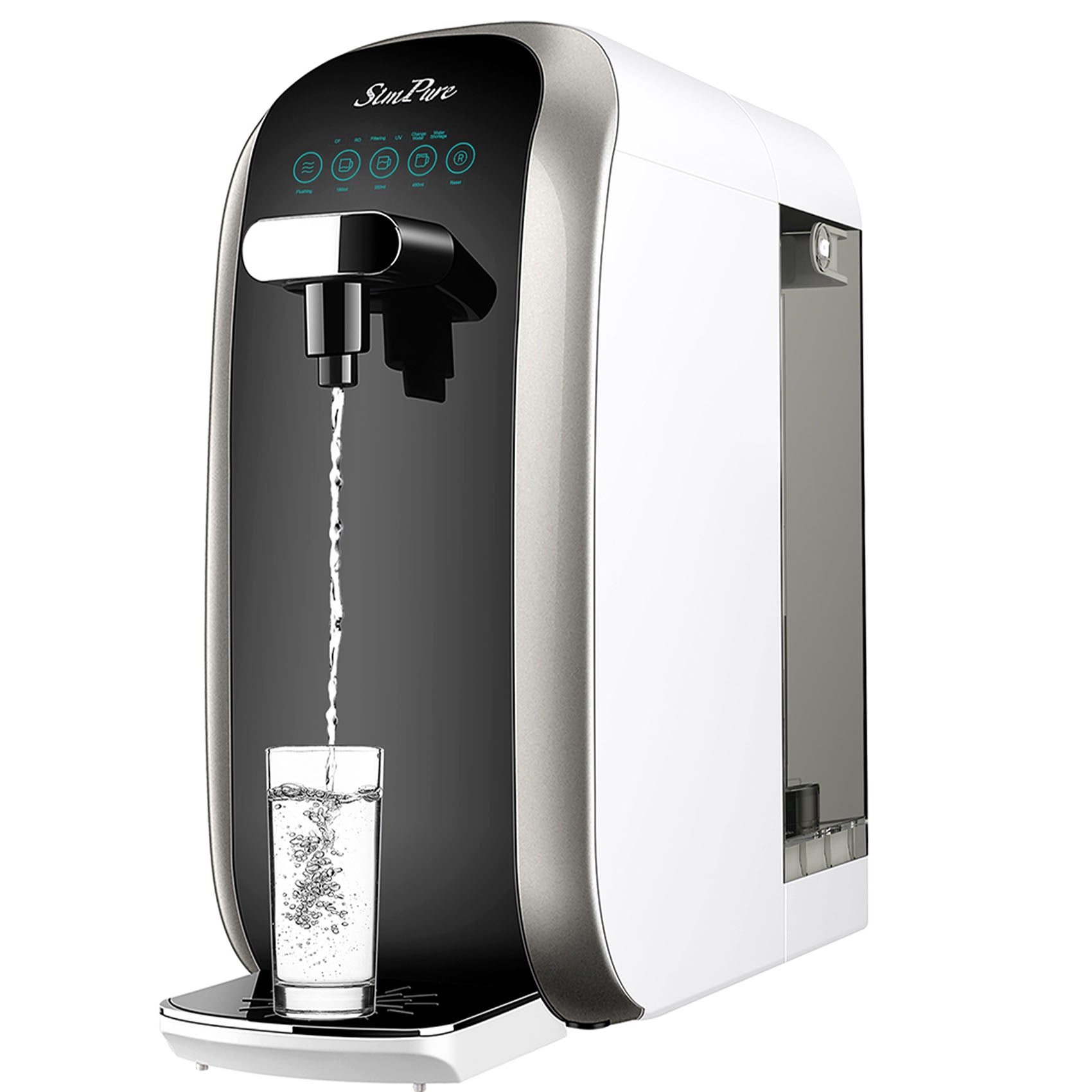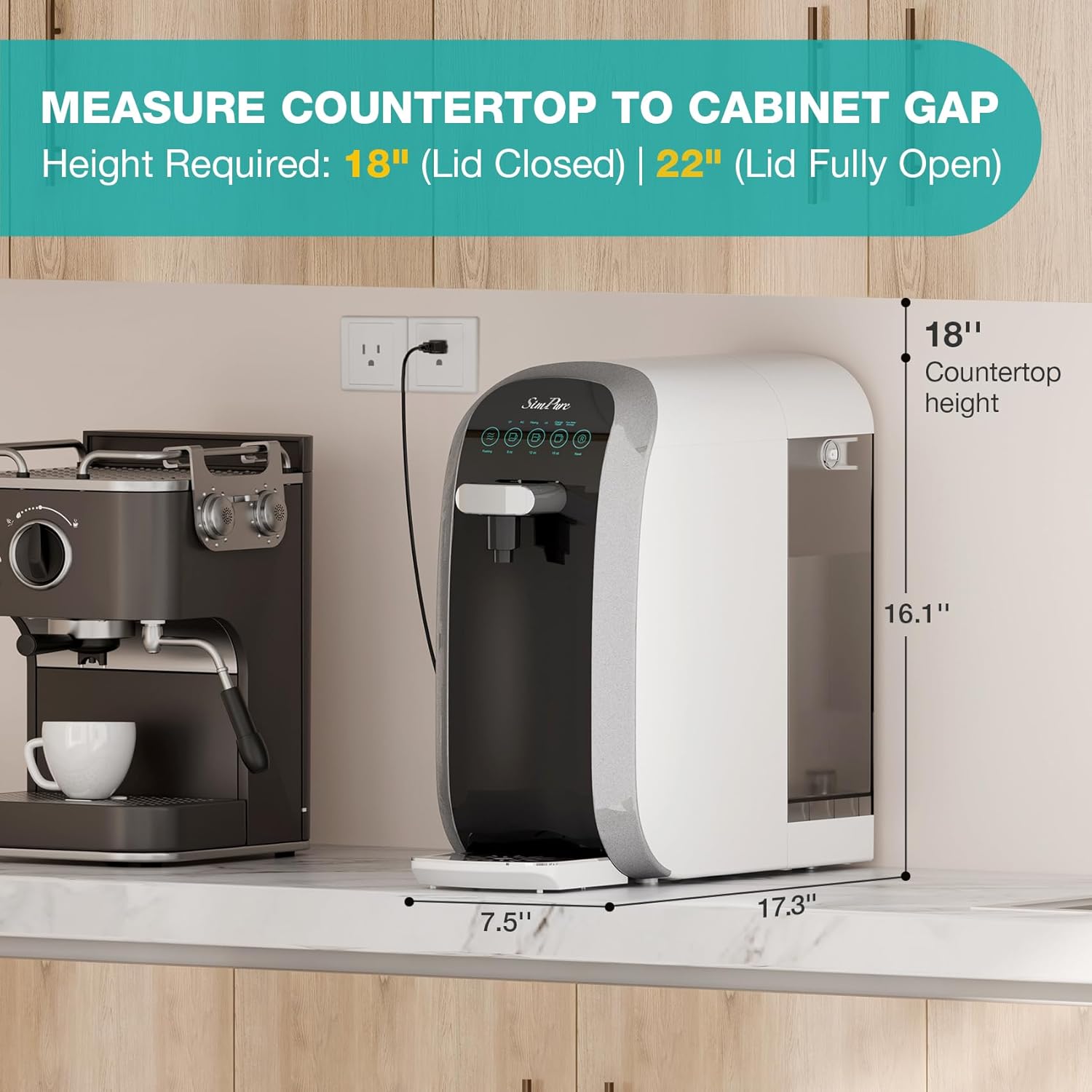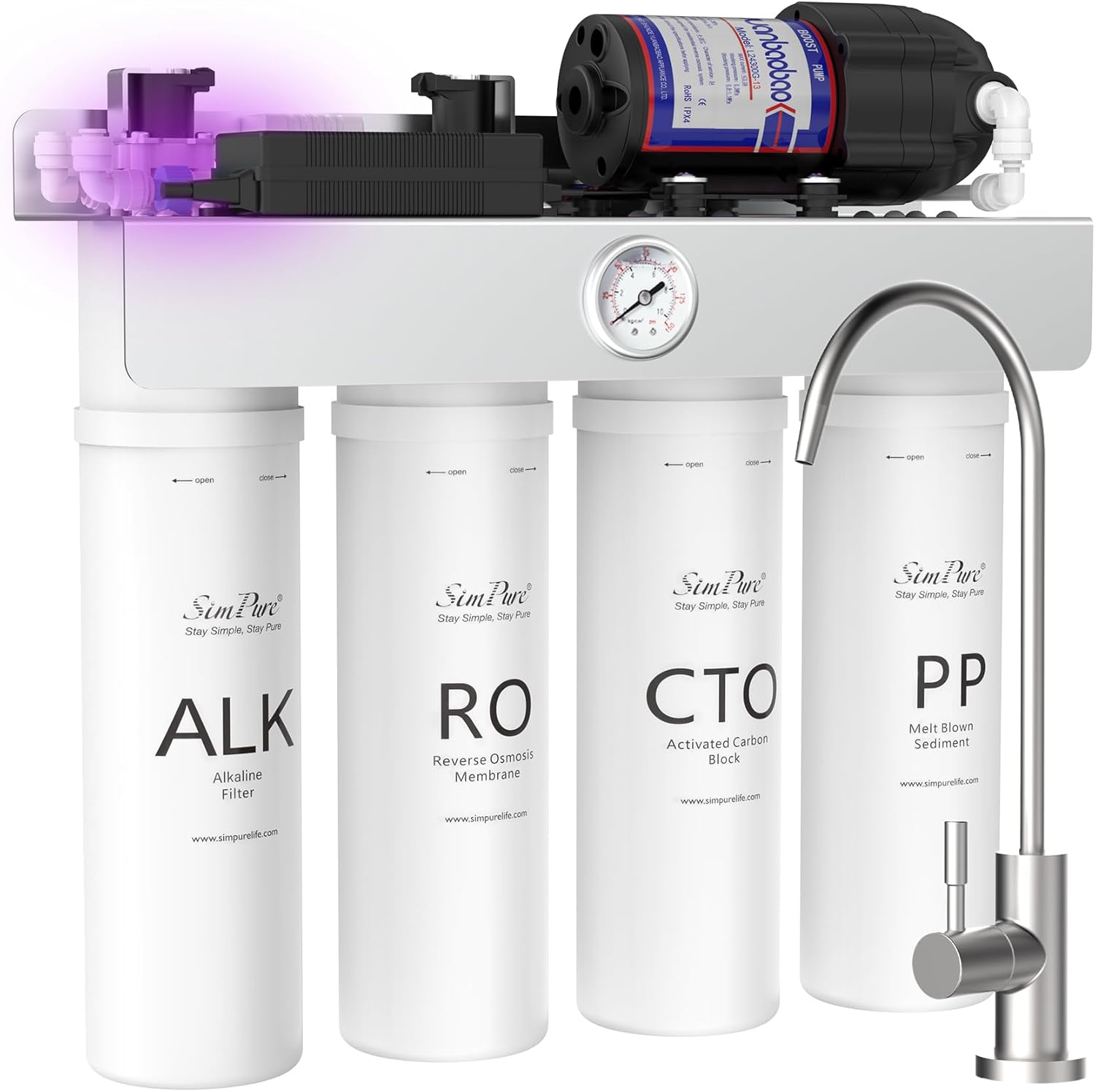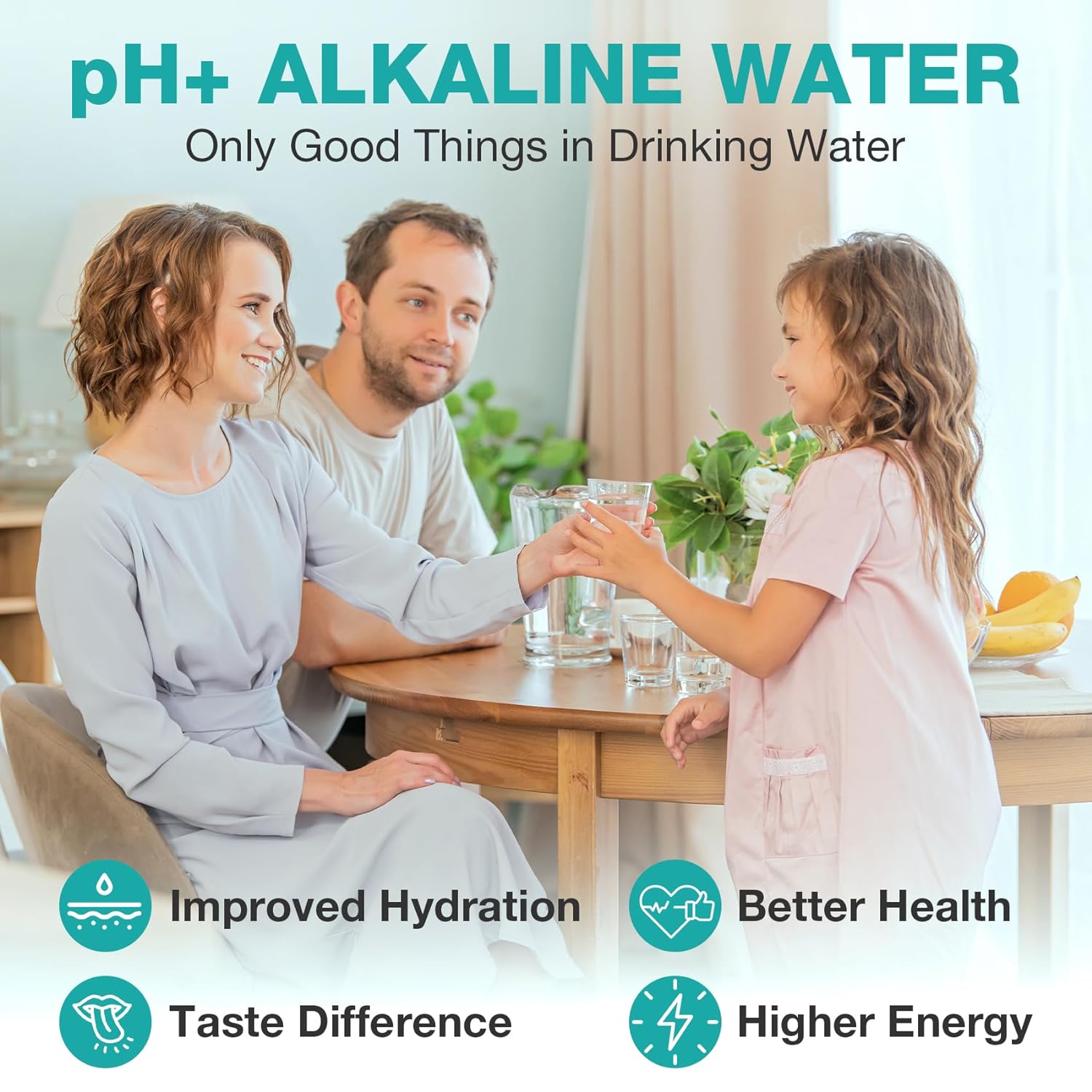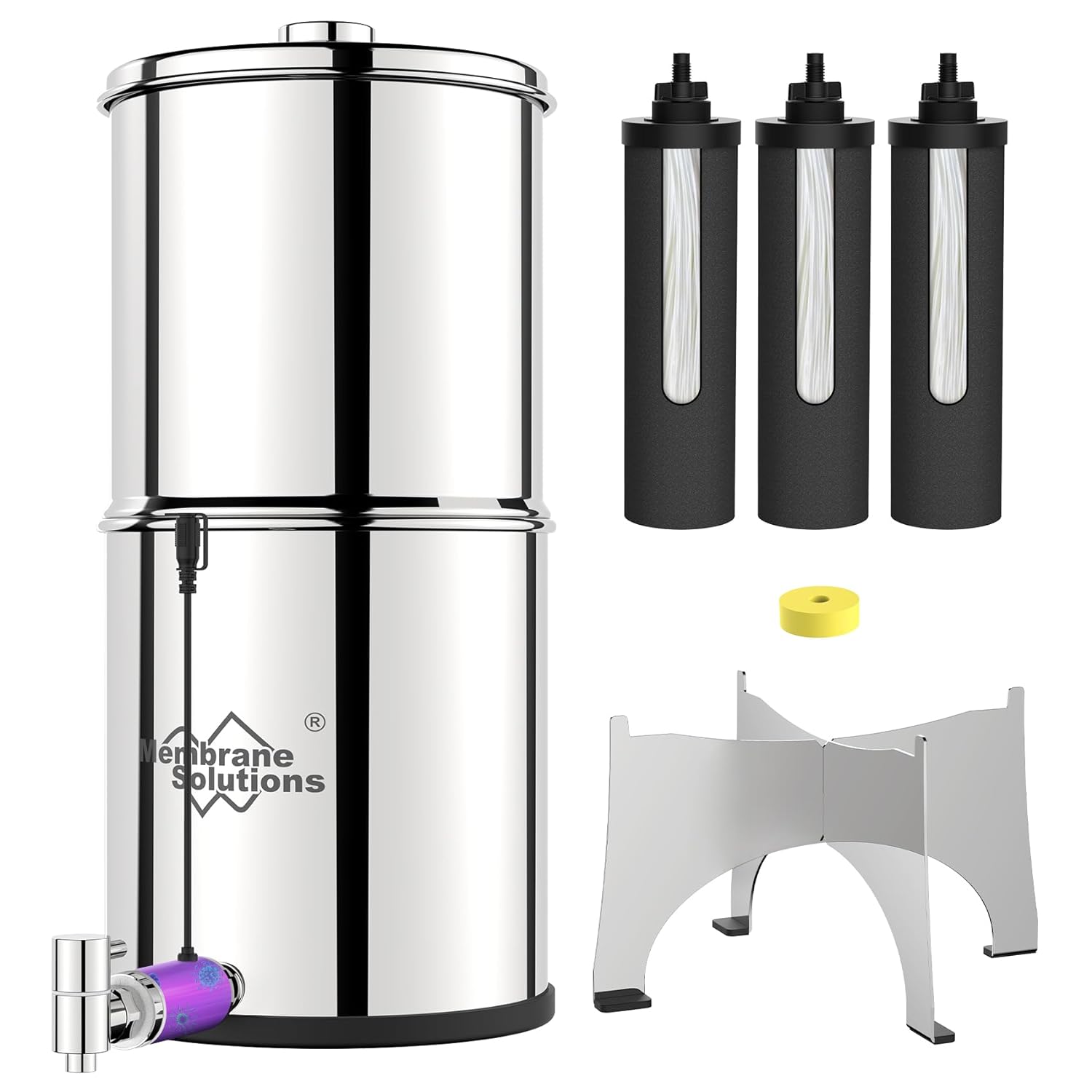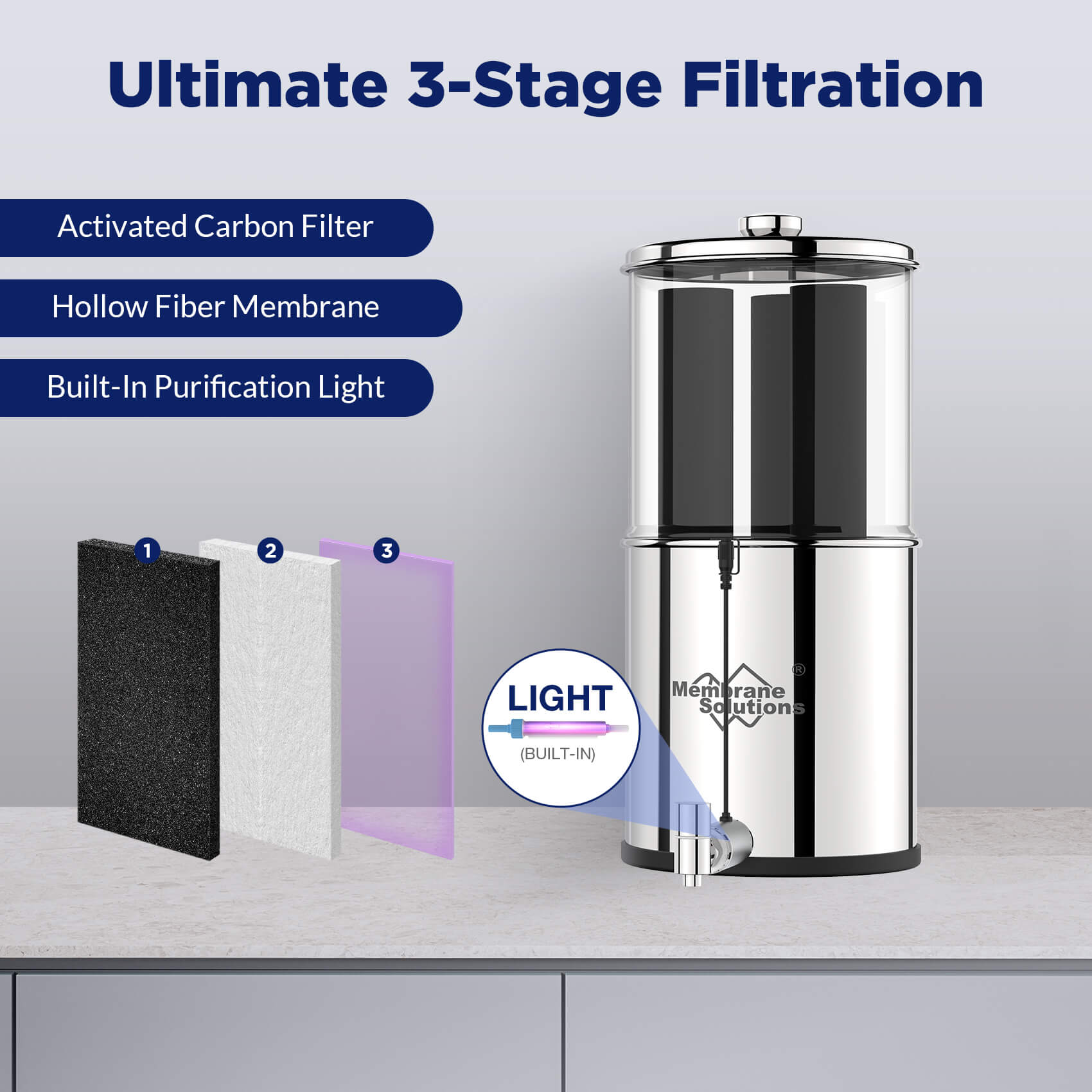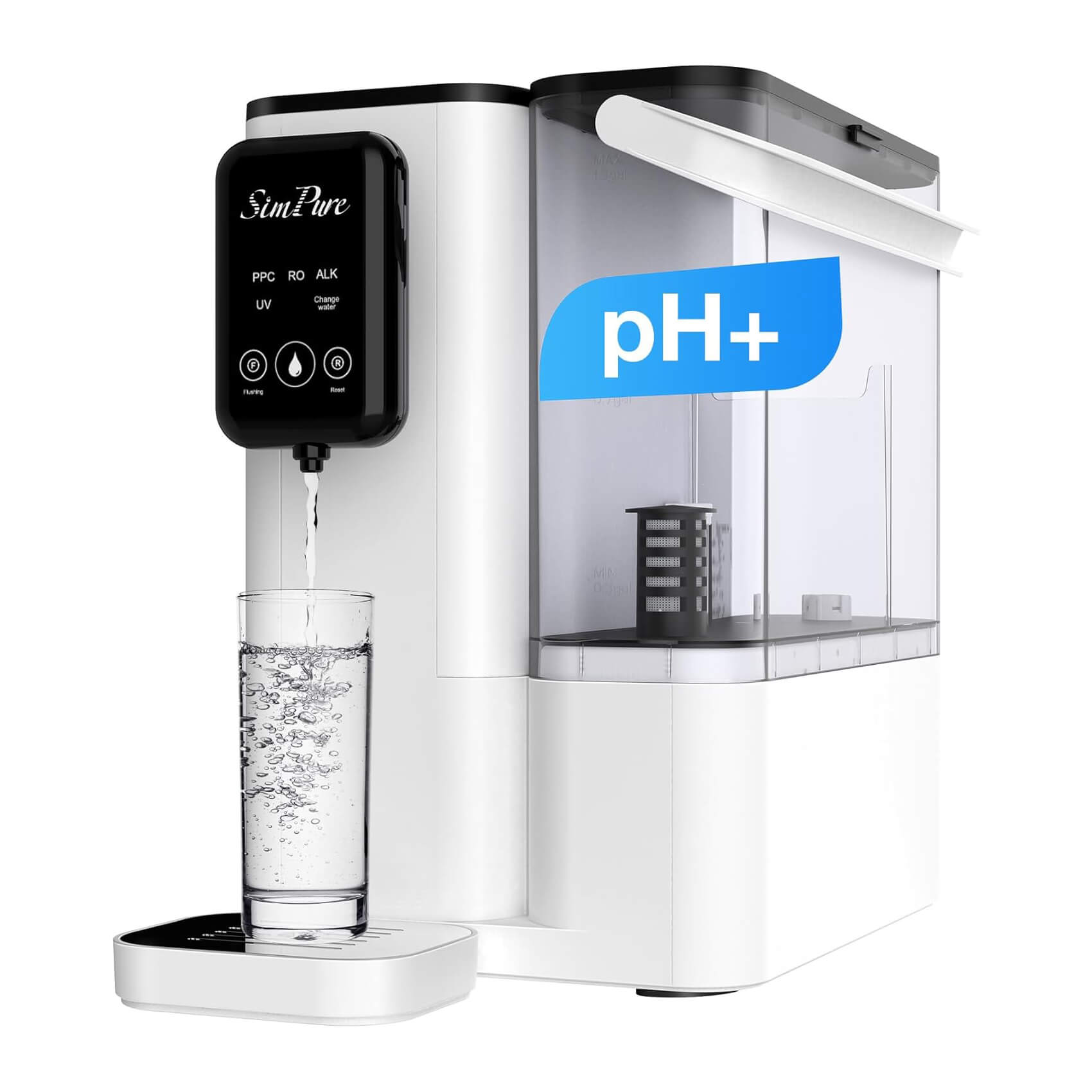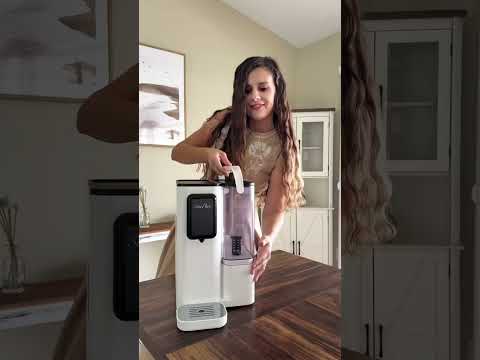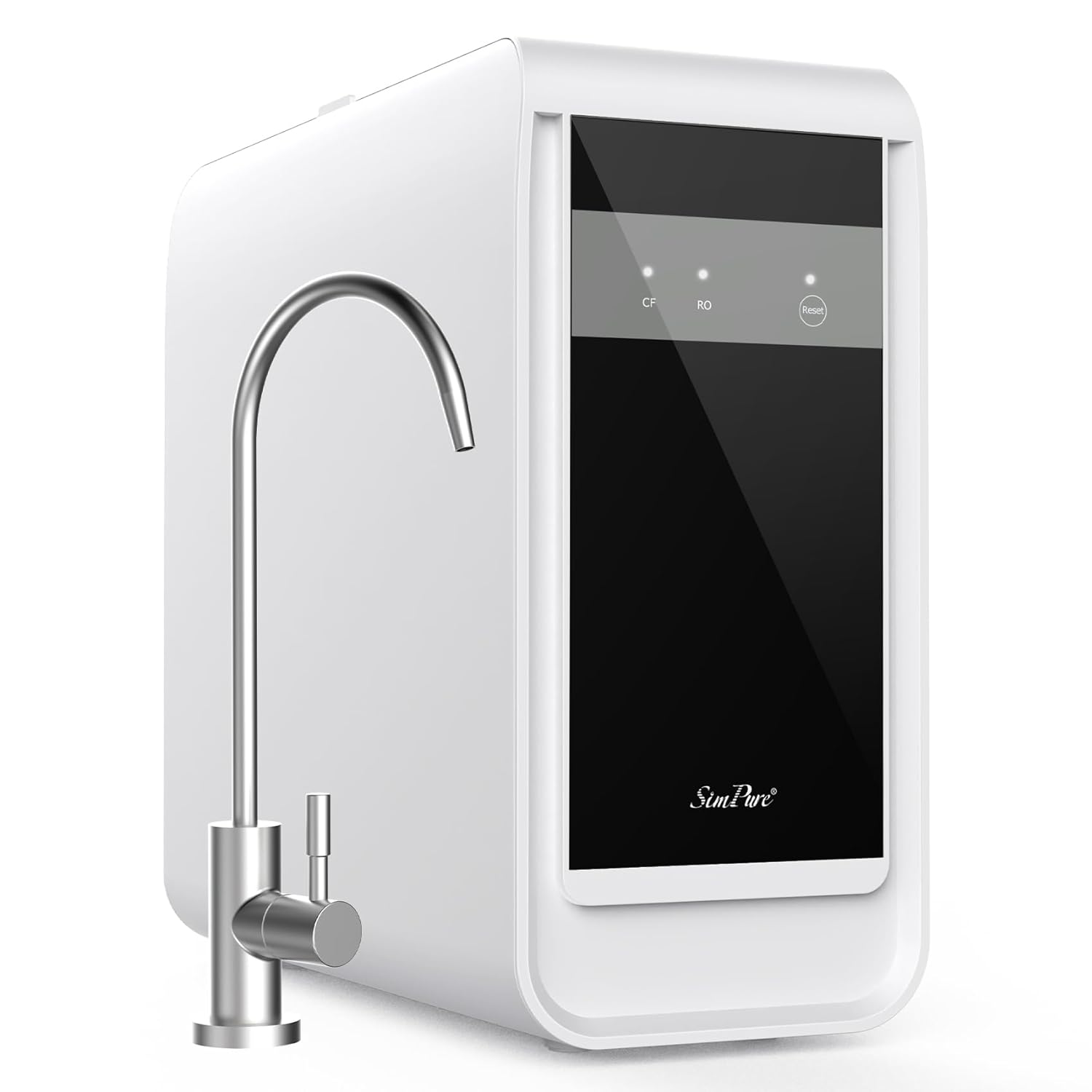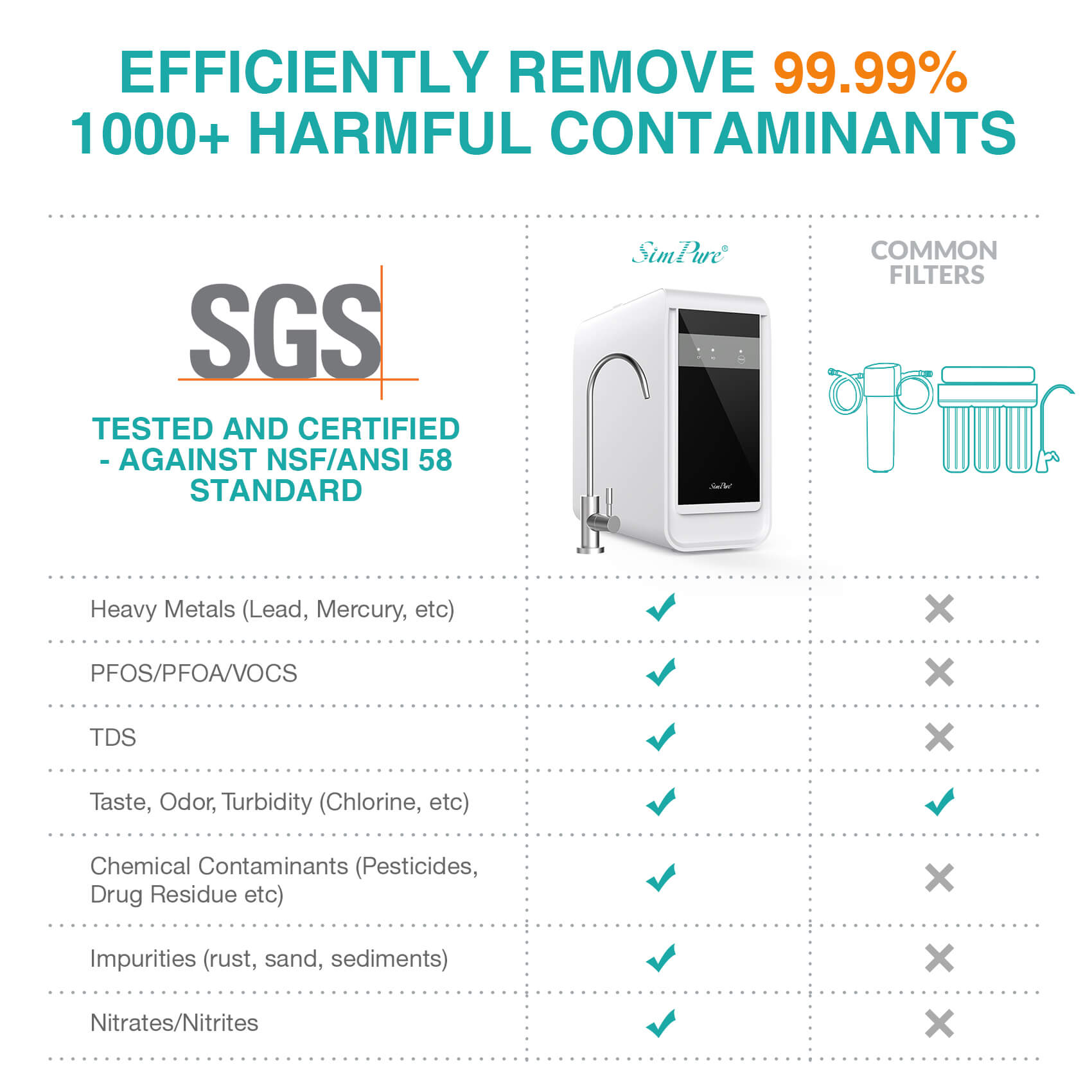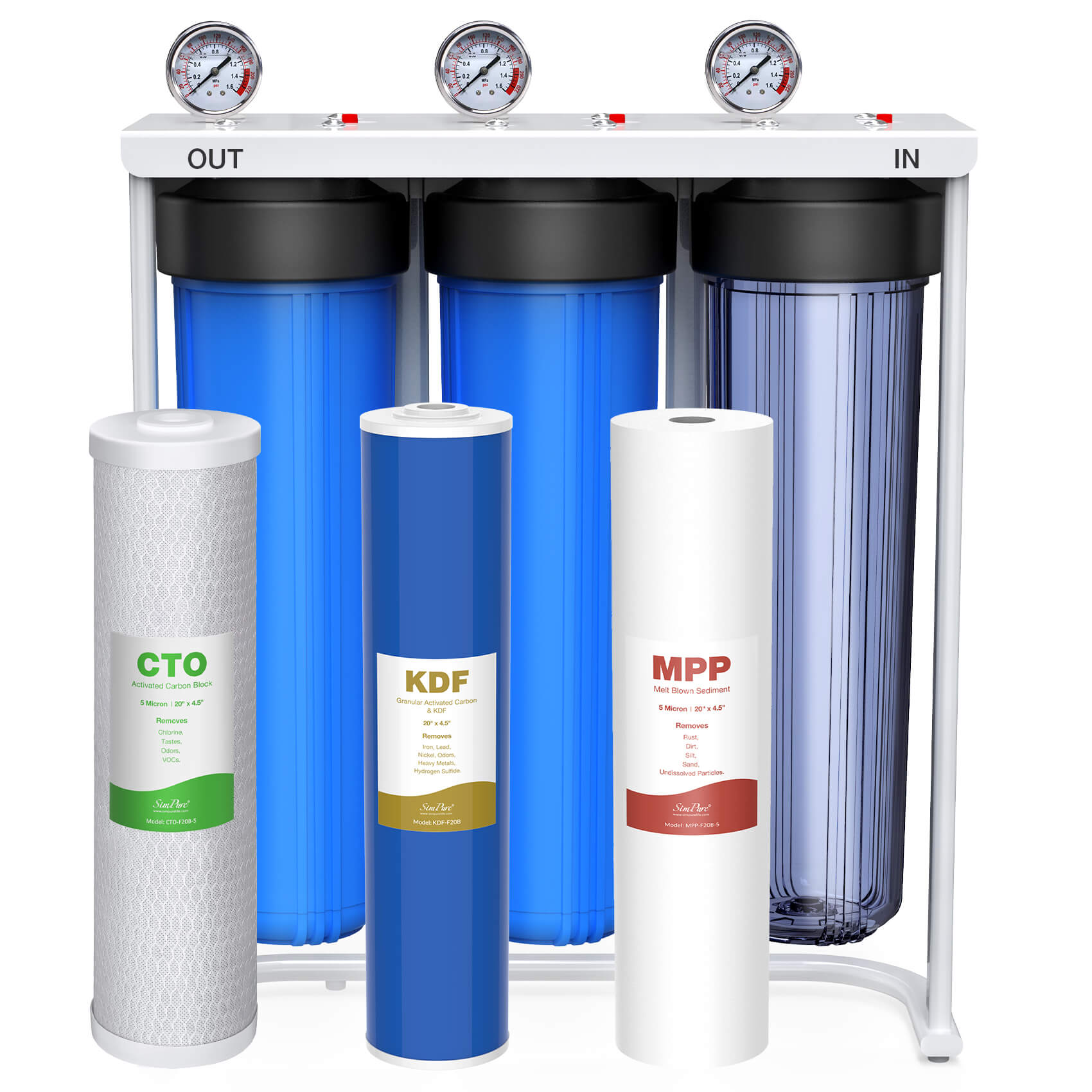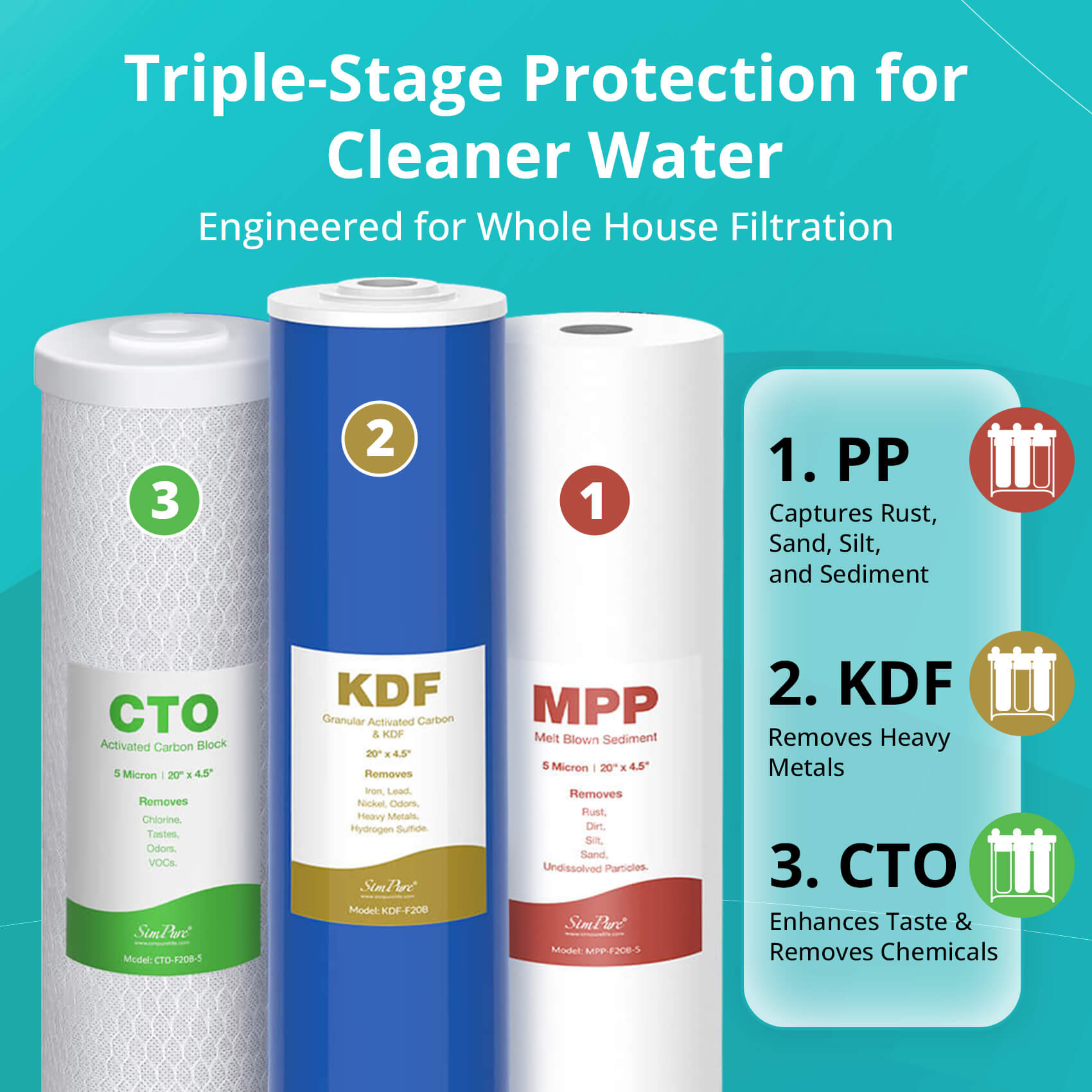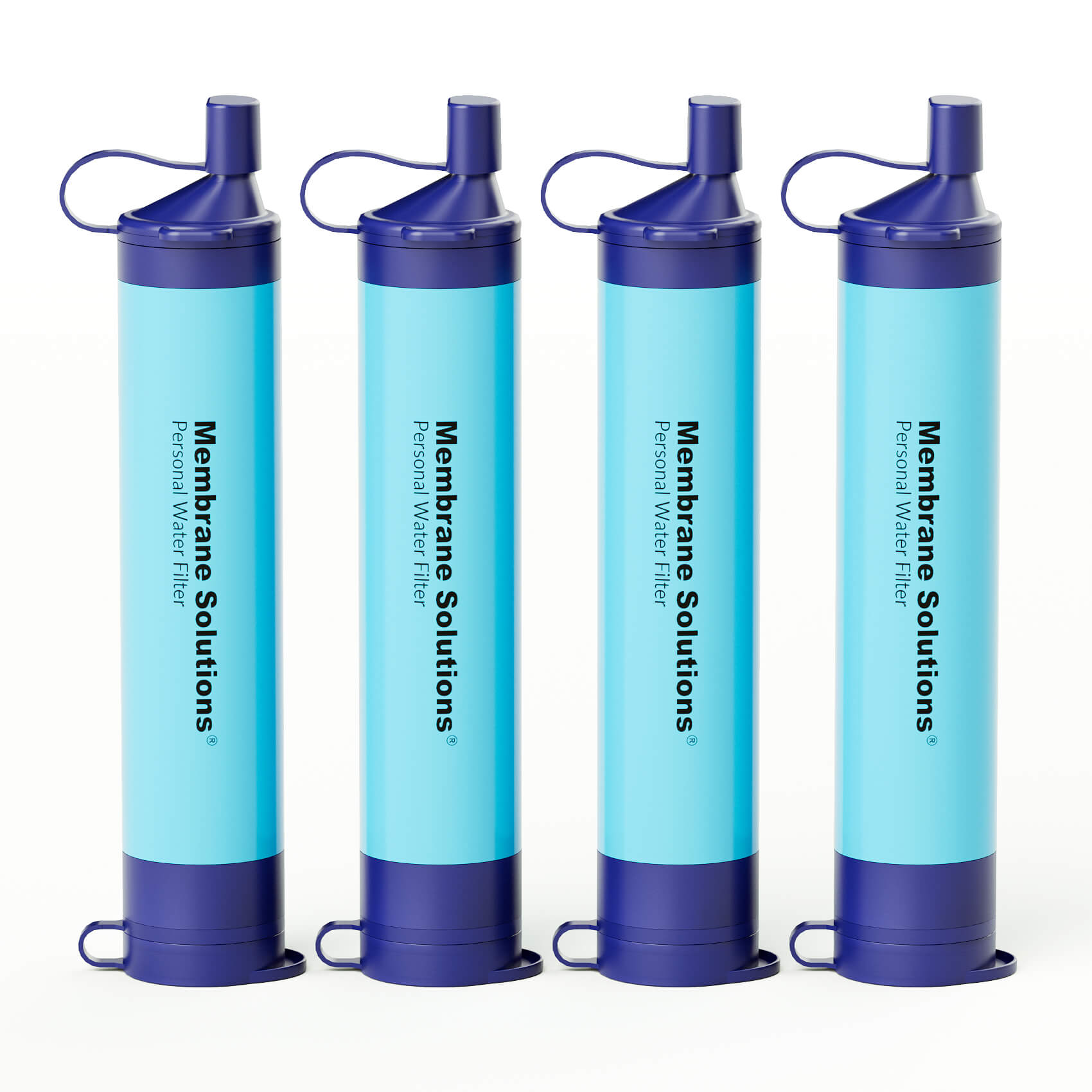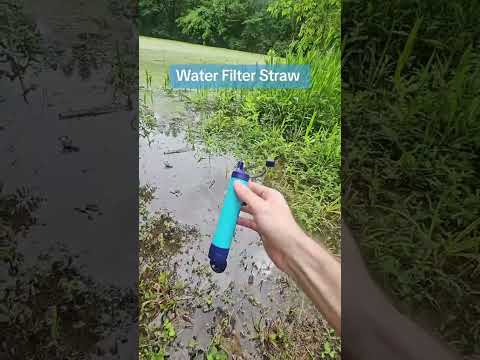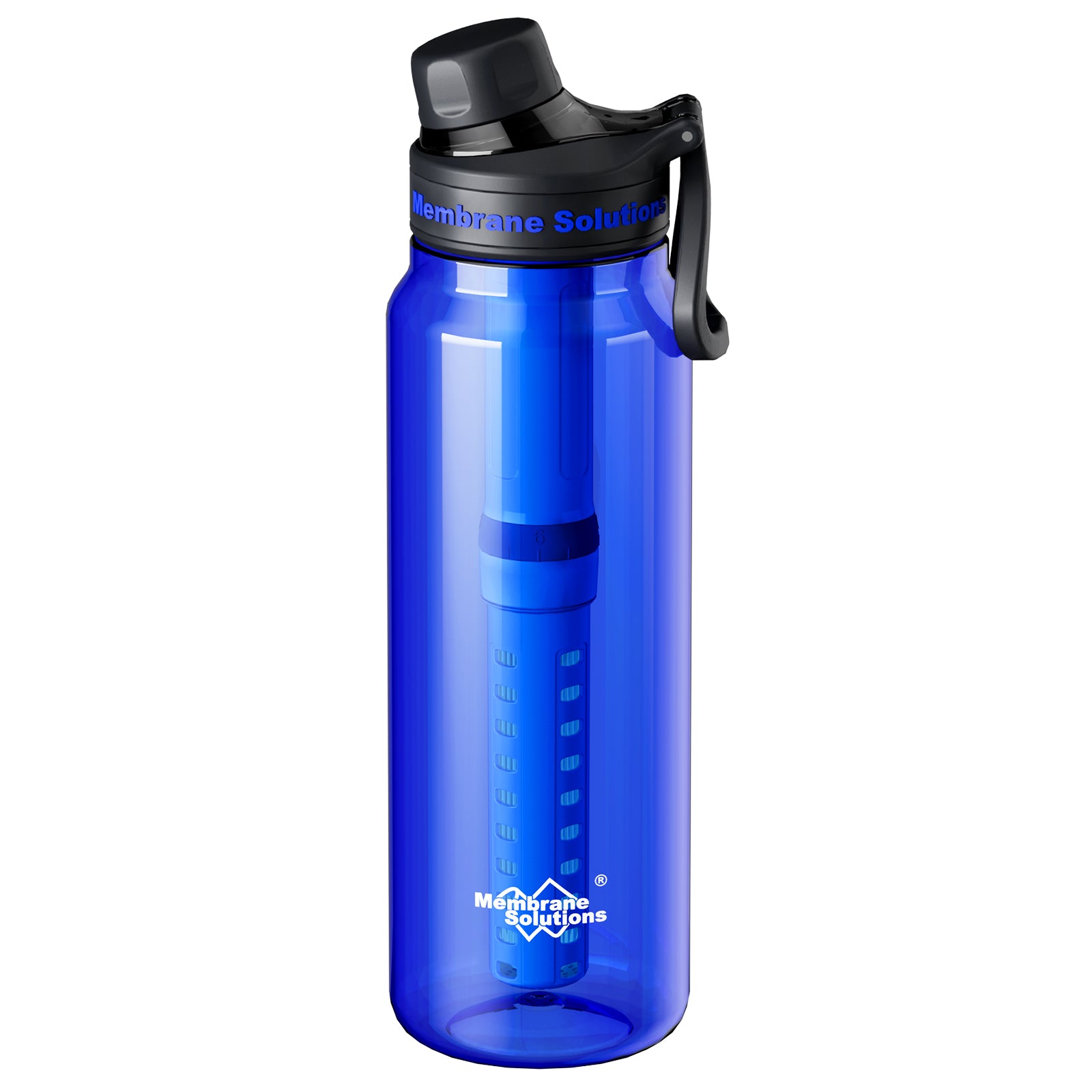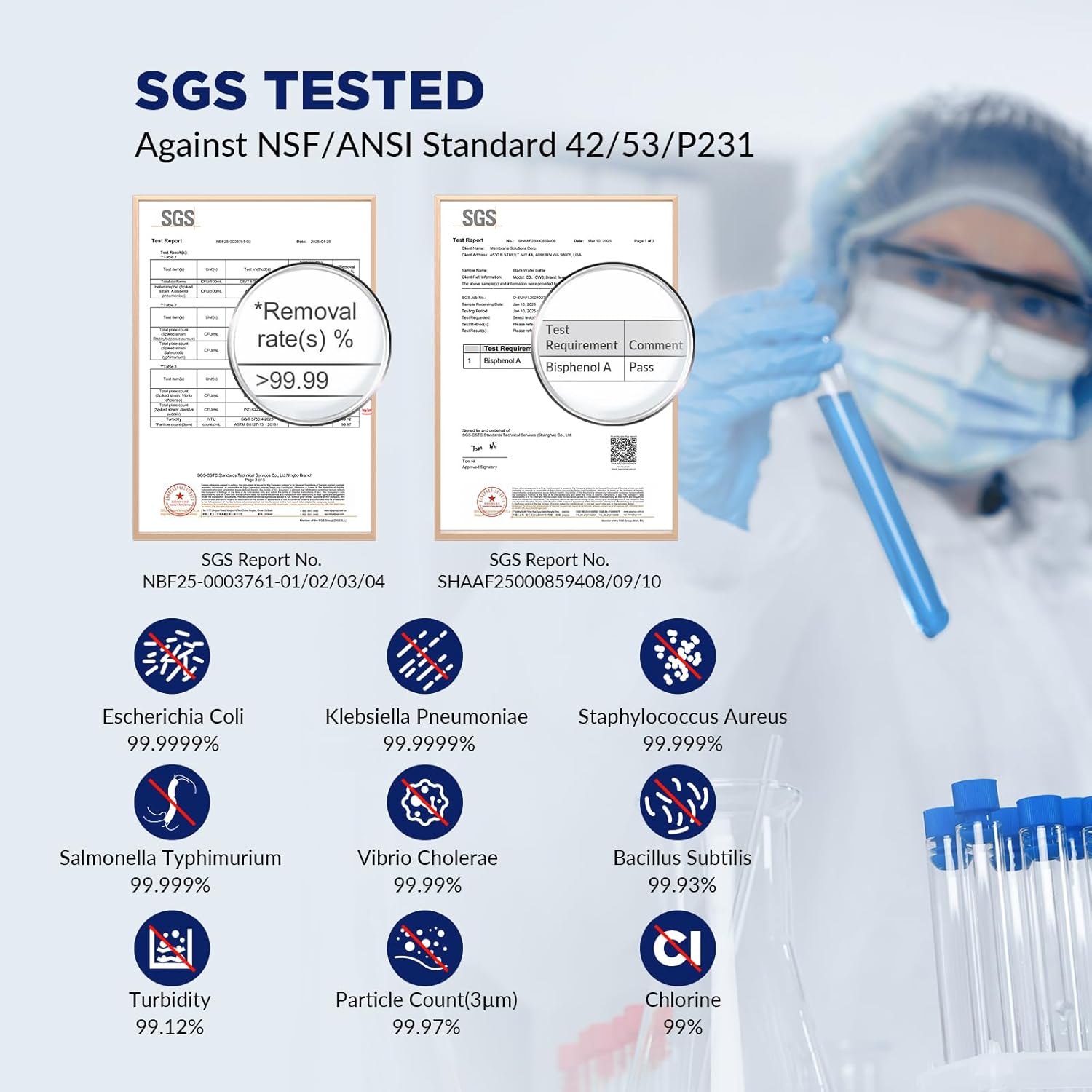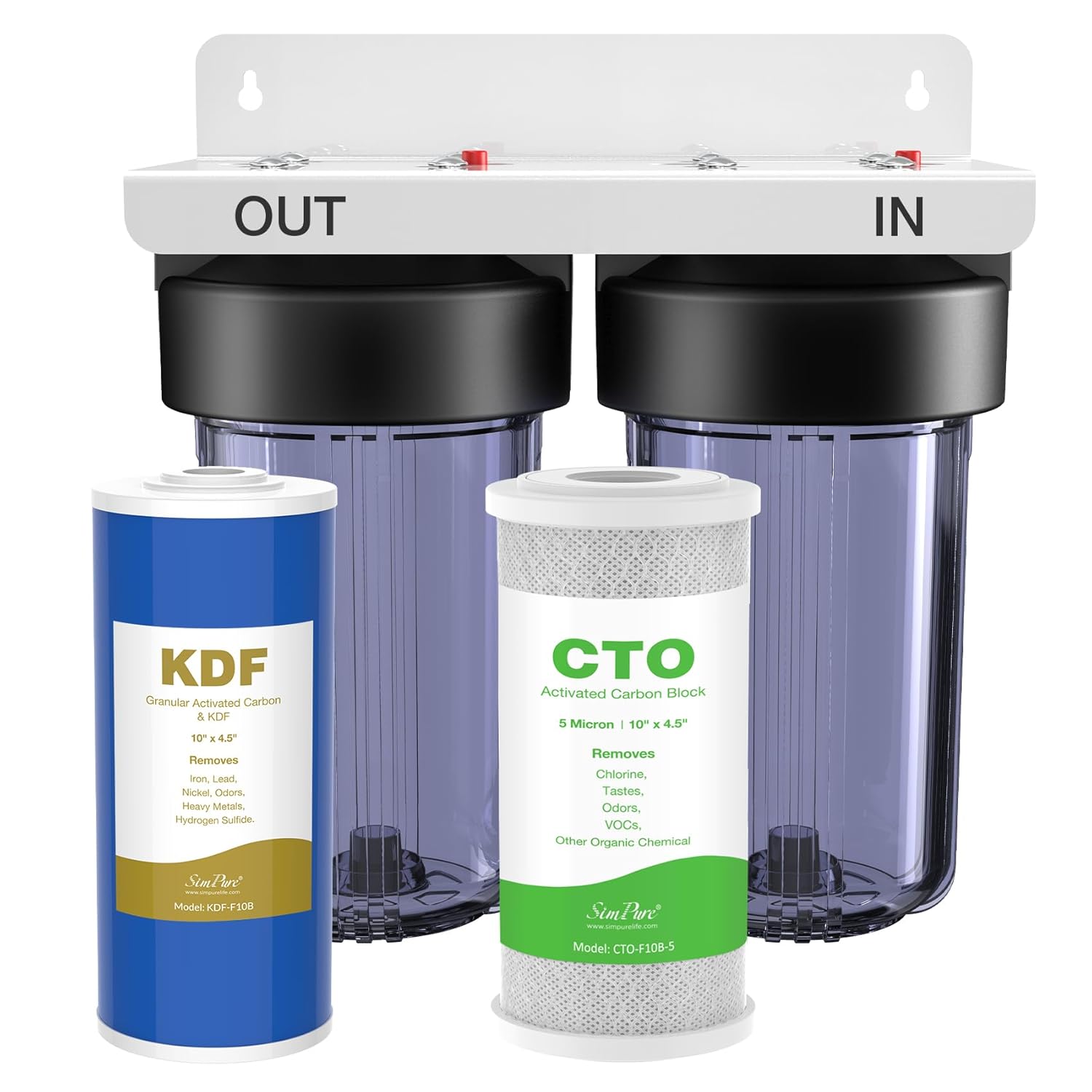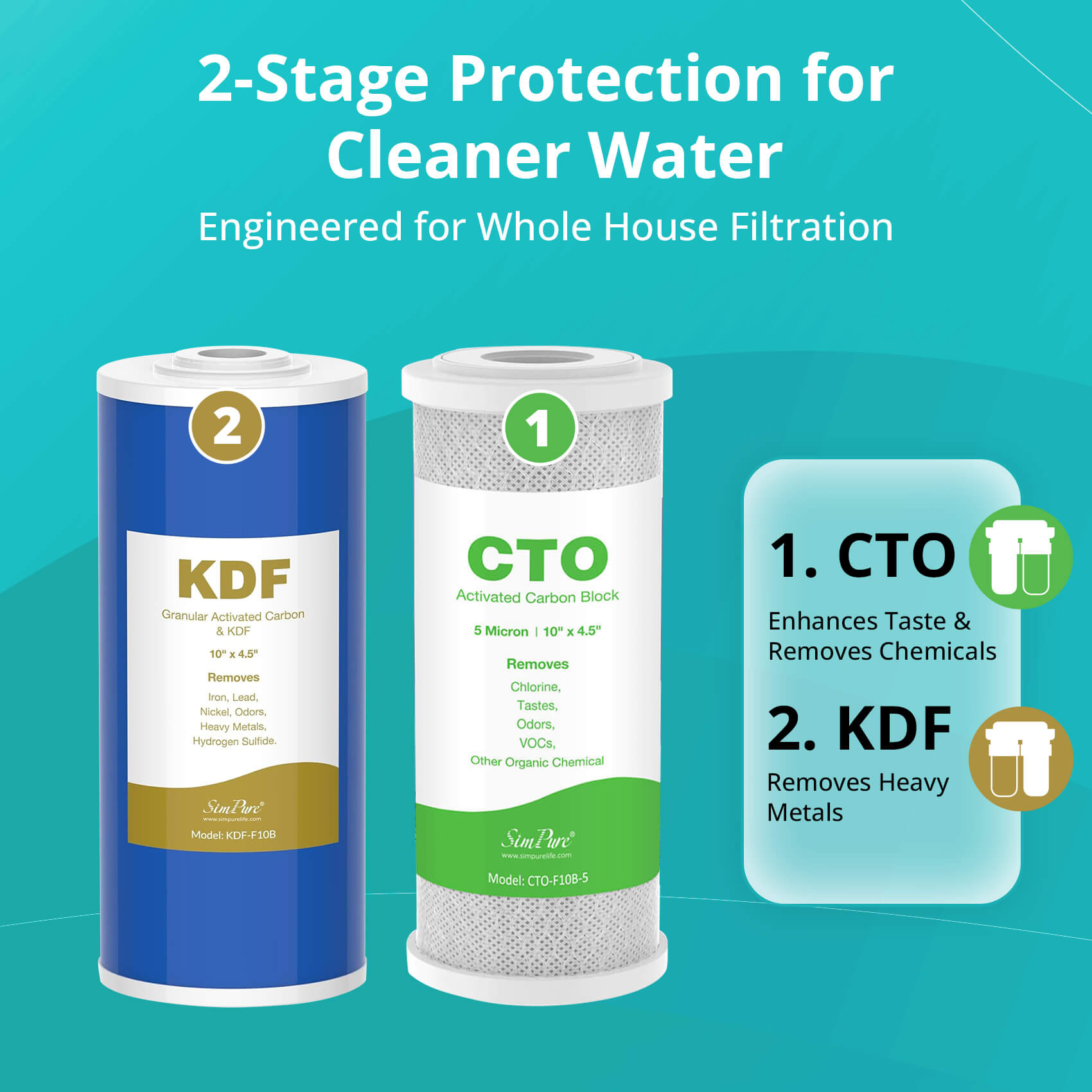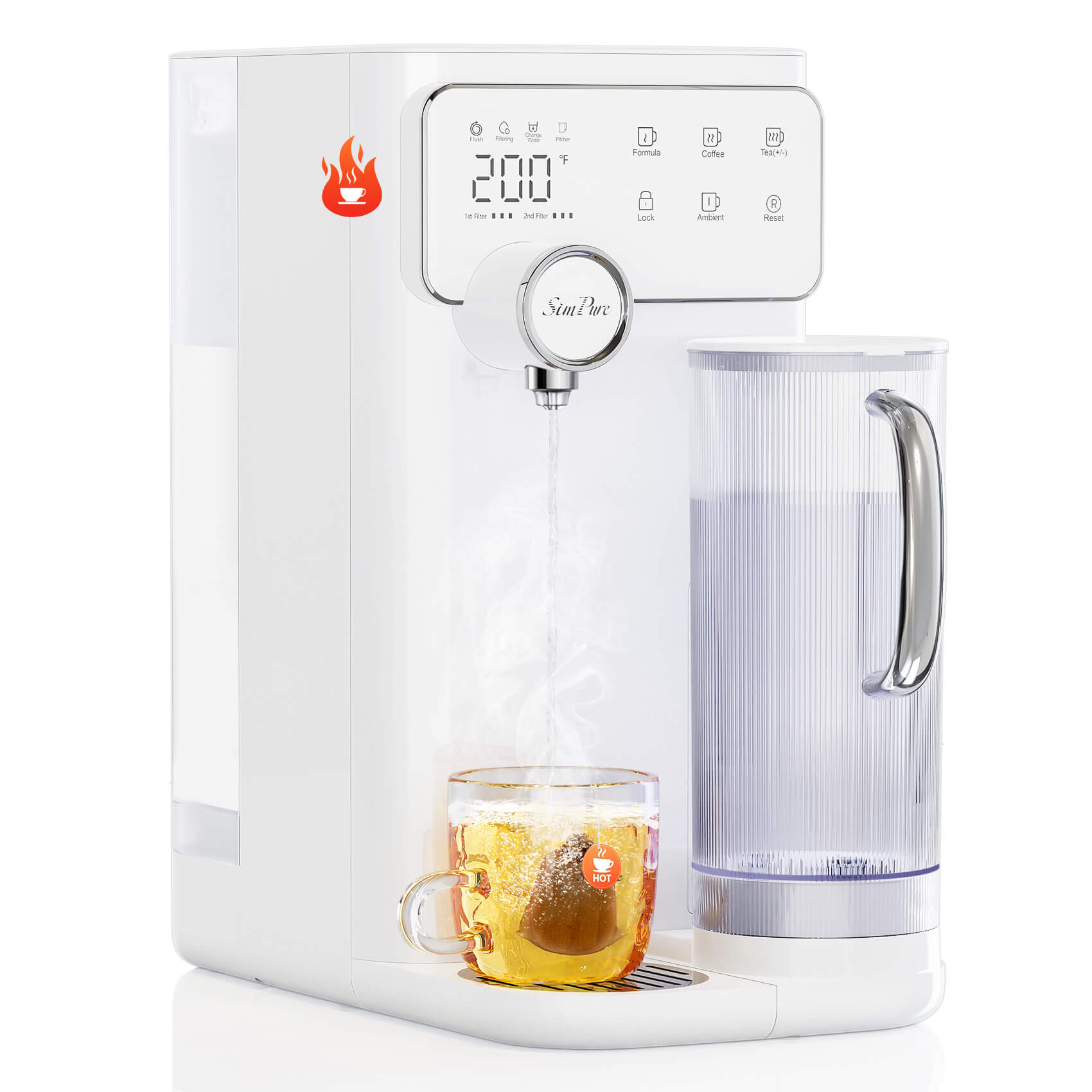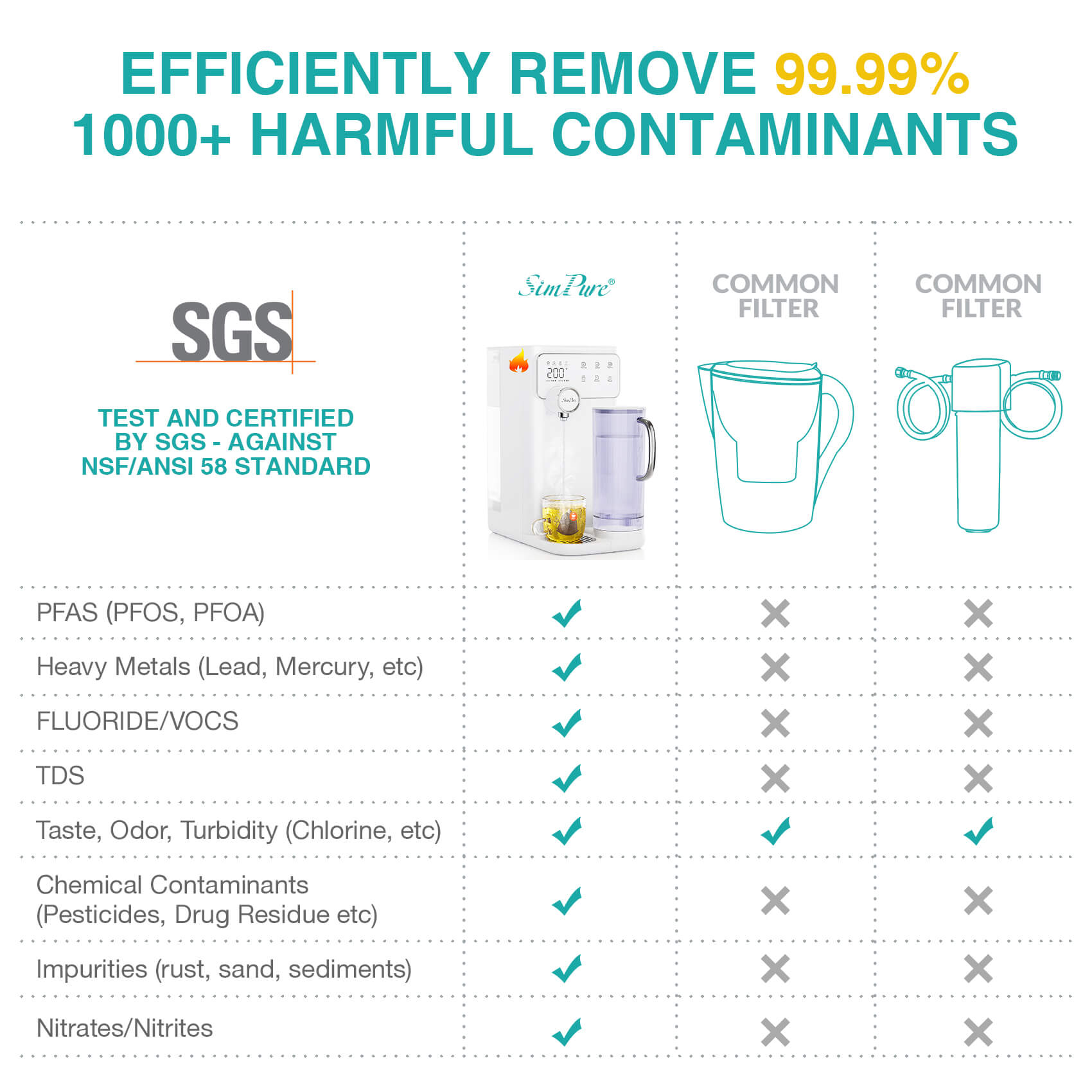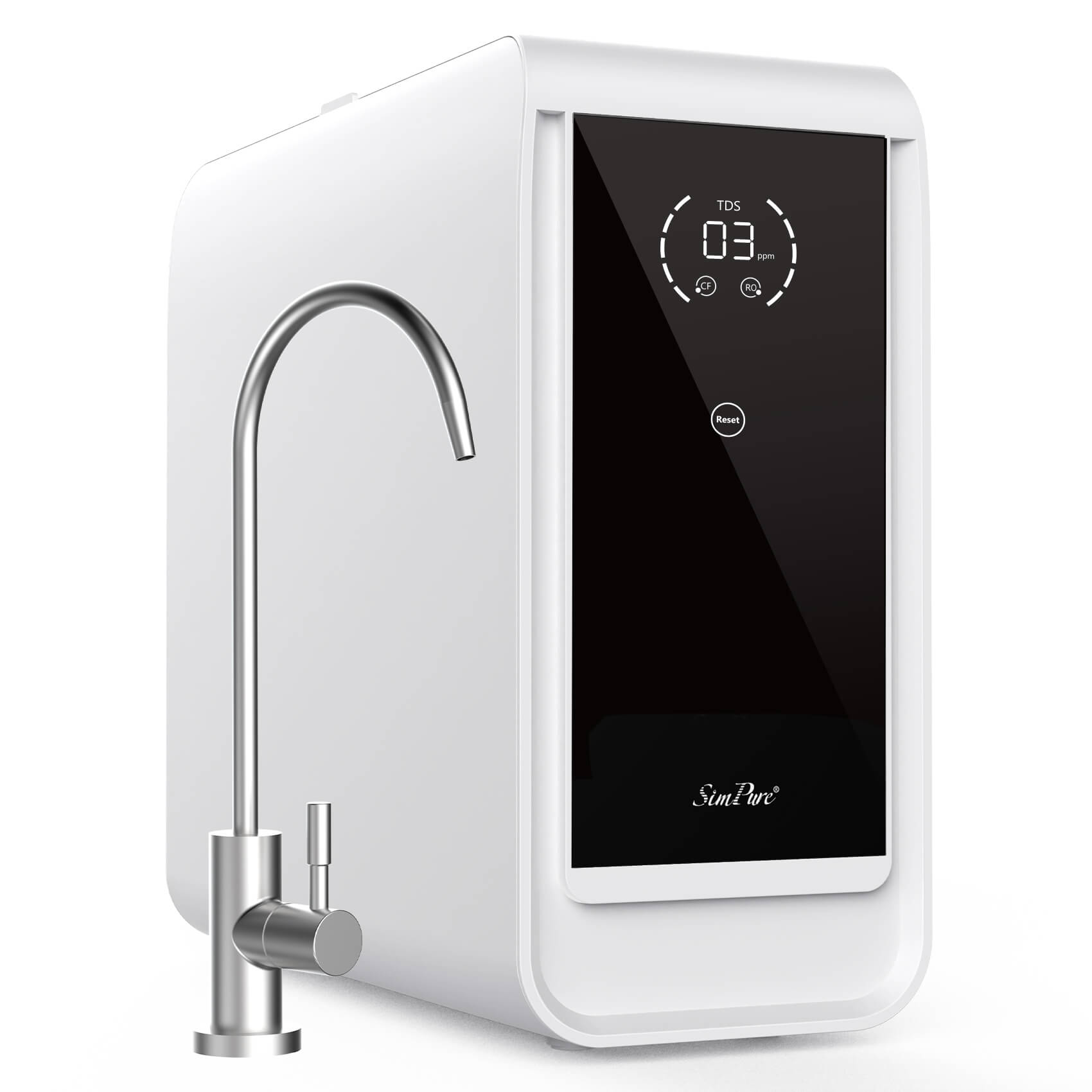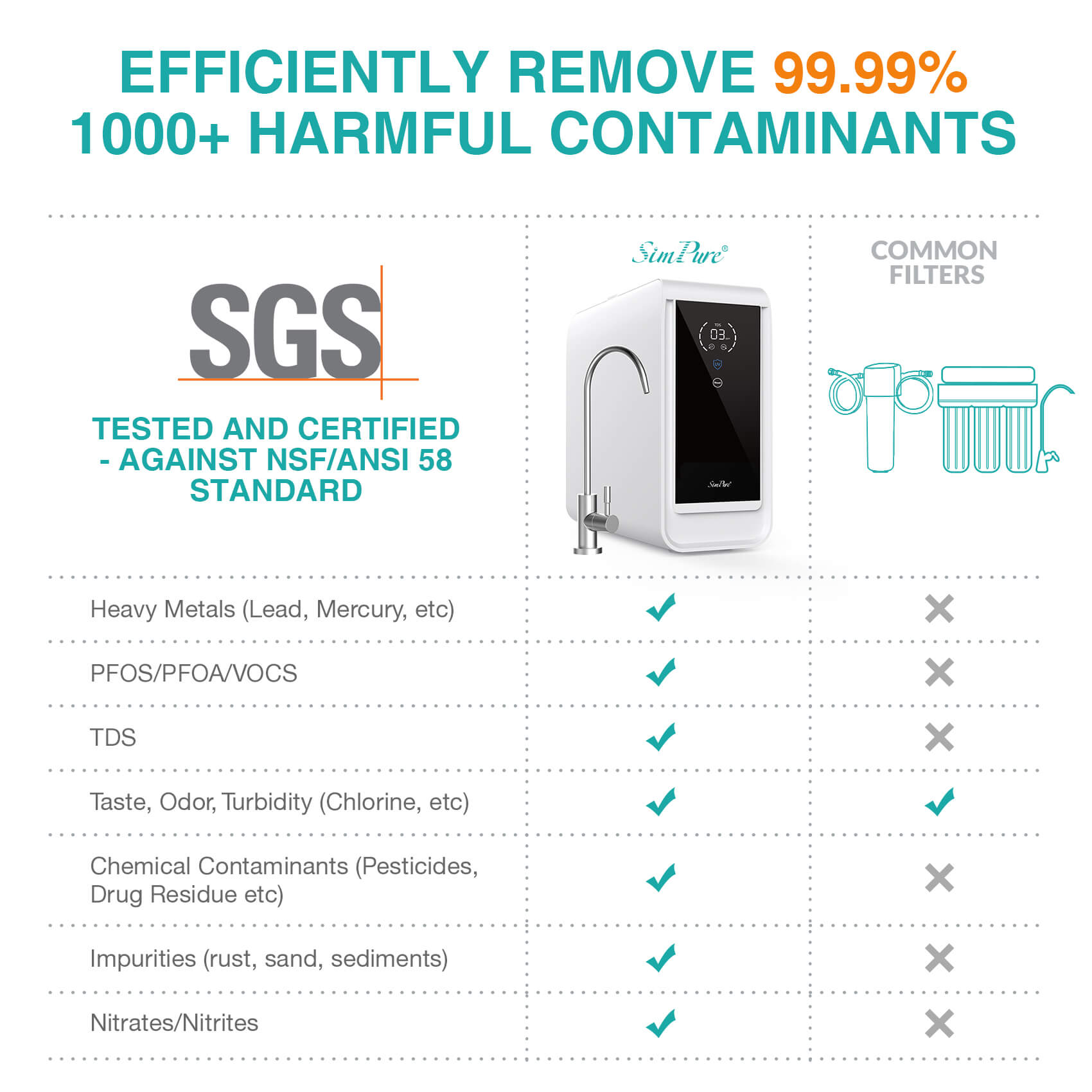Due to air pollution, many families are using air purifiers. However, most of the users have no idea about how often to change or replace the air purifier filter or HEPA filter, the air purifier is not just bought and kept on. The air purifier needs to be replaced or changed regularly, otherwise the inhaled dirt will be blown into the air again. So when to replace and change the air purifier filter? Keep reading~
How Do I Know When to Replace Air Purifier Filter?
Under normal circumstances, the air purifier filters need to be replaced once a year. To determine when to replace your air purifier filter, consider the air output, any unusual smells, and the usage time recommended in the manual. If the air output decreases, it indicates that the filter may have reached its adsorption capacity and needs replacement. A bad odor from the purifier, especially after long-term use or disuse, suggests the filter has lost its effectiveness and may be harboring mold. This is a sign that the filter should be replaced immediately. Additionally, if you live in an area with heavy pollution, your filter will wear out more quickly, making timely replacement essential for maintaining clean air and ensuring respiratory health.
In-Depth Answer to How Often Should You Replace Your Air Purifier Filter
When determining how often to replace your air purifier filter, consider both usage and the type of filter involved. If you run your air purifier daily to keep outdoor dust and pollutants from contaminating your indoor air, you’ll need to replace the filters more often.
How often to replace change hepa filter?
Typically, the HEPA filter should be replaced every 6 months, especially in areas with higher pollution levels. Checking the filter every 3 months and replacing it when it turns from white to black can ensure continued effectiveness. For lighter use or in cleaner air environments, the replacement interval might be extended slightly, but the HEPA filter’s performance will still degrade over time and should be replaced promptly when saturated.
In areas with more serious pollution, the filter life may be shorter. You can open the air purifier door every 3 months to check the condition of the HEPA filter. When the filter turns from white to black, it should be replaced. The replacement cost of the HEPA filter is relatively high. You can change the pre-filter frequently to appropriately prolong the life of the HEPA filter. But to ensure the air purification effect, when the HEPA filter is saturated, we must replace it as soon as possible.

For other components, like the pre-filter, plan to replace it approximately every 3 months. If the manufacturer allows for washing the pre-filter, ensure it is thoroughly dried before reinstalling it. The activated carbon filter, which is effective at removing odors, generally requires replacement every 6-9 months. While regular exposure to sunlight can help extend its life by reducing odors, it won’t fully restore its effectiveness. Timely replacement of all filters, especially the HEPA filter, is crucial for maintaining the air purifier’s overall performance.

Disadvantages of Not Replacing Changing the Filter in Time
1. Lead to secondary pollution
If the filter of the air purifier reaches saturation and is not replaced in time, the accumulated pollutants will breed many bacteria and viruses. The air purifier will blow these bacteria back into the indoor air, which will cause secondary pollution of the indoor air. .
2. Dirty filter elements will increase electricity bills
The more pollutants clogged in the air purifier filter, the harder it is for air to pass through. And this is the basic principle of the concept pressure drop, which refers to the resistance encountered by dirty air passing through the filter medium of the filter element. The greater the density of the material, the more pollutants will accumulate on the filter, and the more dirt that is clogged in the filter element, the greater the pressure drop when the air passes through the filter element. Because the increased resistance restricts the airflow, the more air will be Difficult to pass. This leads to higher energy costs, and higher pressure drops mean that the machine system must operate at full capacity and consume more power to transport air through the filter media. This means that the longer you delay the replacement of the filter element, the more you may end up paying for electricity.
3. Damaging the air purifier system
Long-term use of the oversaturated filter will cause the air passage rate to decrease, and long time operation of the fan will put extra pressure on the fan system and motor. The additional pressure on these components may damage the components, overload the purifier motor, and eventually cause the system to Crash faster than expected, thereby shortening the service life of the air purifier.
4. The dirtier the filter, the less clean air will be purified
Generally, the quality of an air purifier is judged based on the cubic feet per minute of CFM and the hourly air change of ACH. CFM is abbreviated as airflow, which refers to the amount and speed of air that the air purifier can purify. ACH refers to how much air can be purified in one hour in a limited space. These acronyms are basically industrial terms that indicate the degree and speed at which the purifier sucks dirty air into the system, filters it, and discharges it as clean air. When the filter element is blocked by pollutants, the air purifier cannot produce enough clean air, making it difficult for the purifier to keep up with the rate of new pollutants entering the air. When the internal activated carbon is saturated, it will no longer be adsorbed, so the filter element needs to be replaced every few months.

Conclusion
To be concluded, the frequency of air purifier filter replacement depends on several factors, including the type of filter, the level of air pollution, and the manufacturer's recommendations. Generally, HEPA filters should be replaced every 6 to 12 months, while activated carbon filters often need replacement every 3 to 6 months. It’s important to check your air purifier’s user manual for specific guidelines, as some models have indicator lights or alerts to signal when a filter change is necessary.
Regularly replacing the filter ensures that your air purifier continues to operate at its optimal efficiency. A clean filter allows air to flow freely, maintaining the maximum CFM (cubic feet per minute) and ACH (air changes per hour) of the unit. If the filter becomes clogged, airflow is restricted, which reduces the effectiveness of the air purifier and may result in less clean air despite its operation. Keeping up with filter replacements will help maintain indoor air quality and ensure that the air purifier provides consistent and reliable performance.
To ensure optimal air quality, consider the MSA3 Air Purifier, which features convenient filter replacement reminders. This smart purifier helps you maintain clean air effortlessly by alerting you when it’s time to change the filter, so you never miss a replacement. With its advanced filtration system, including HEPA and activated carbon filters, the MSA3 effectively captures pollutants and odors, ensuring your indoor air stays fresh and healthy. Invest in the MSA3 to enjoy peace of mind and continuous, efficient air purification without the hassle of manual monitoring.



